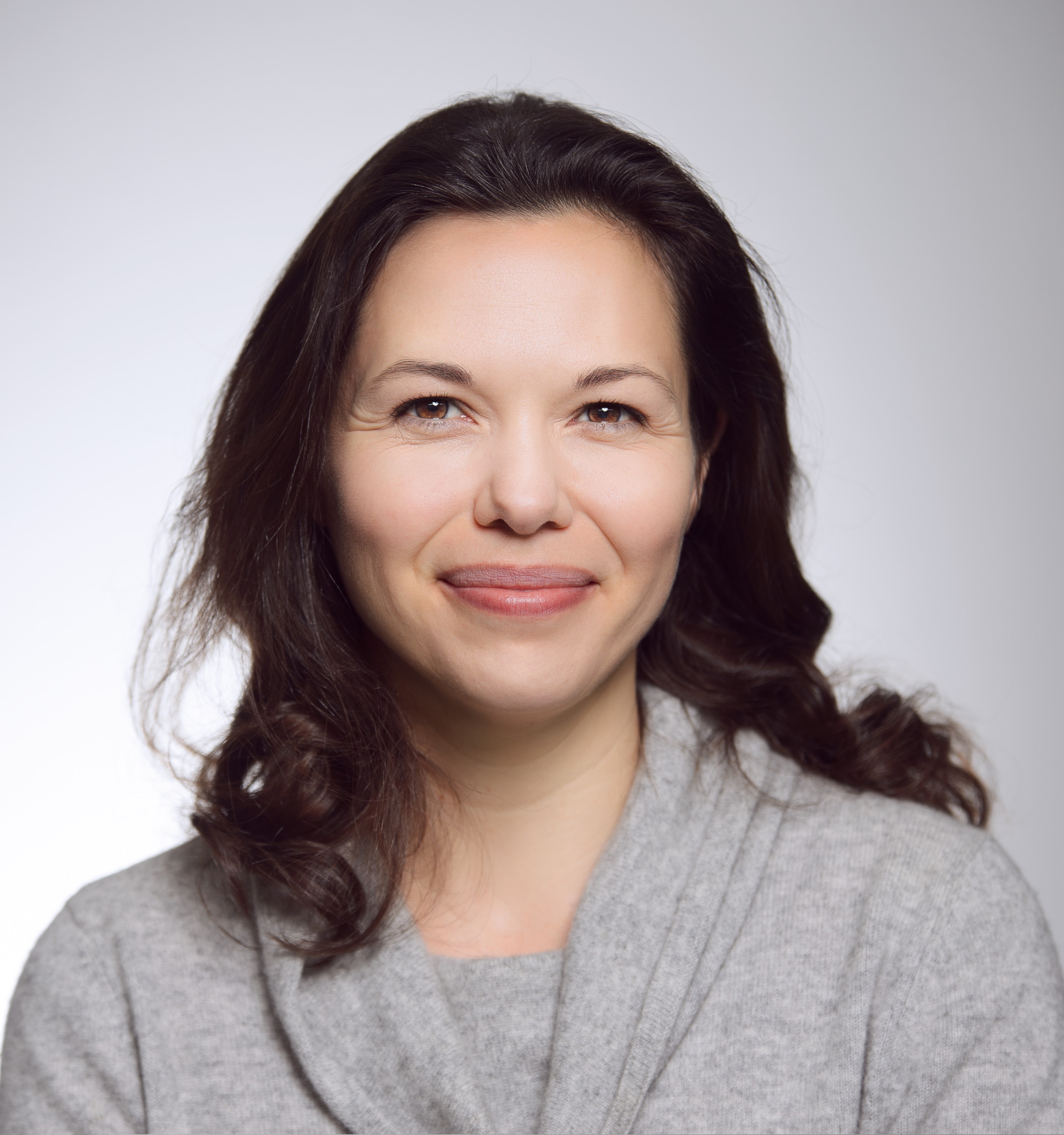4 Myths About Hookah Health Spur Wide Use

In a country that has banned smoking in all public places, nicotine researchers were surprised to see hookahs — imagine stationary glass bagpipes, partly filled with water, used for smoking — pop up even in the most mainstream Canadian cafes.
A new survey, published today in the journal Pediatrics, confirmed that as many as 23 percent of young people in North America have used a hookah, also known as a water pipe, shisha, narghile or hubble bubble, in the last year. And according to a study in the current issue of the American Journal of Health Behavior, hookah prevalence is on the rise worldwide.
Researchers worry that an erroneous but widespread myth — that hookahs are safer than cigarettes — is behind the increased popularity.
Trading one bad habit for another?
A hookah looks somewhat like a lamp base, with the glass vase at the bottom filled with water and the very top, called a "bowl," filled with tobacco. When the tobacco heats up and the smoker sucks in through a connected hose, the tobacco smoke gets drawn down through a stem and pulled underwater before rising into an opening in the hose until it reaches the smoker's mouth.
"It is no longer kosher to smoke [cigarettes] in public," said Jennifer O'Loughlin of the University of Montreal and senior researcher of the Pediatrics study.
But the hookah is now very prevalent, and not only in cities, explained lead researcher Erika Dugas, also of the University of Montreal. "It is all over the Internet and even becoming popular in smaller towns."
Get the world’s most fascinating discoveries delivered straight to your inbox.
Despite widespread bans on other smoking habits, hookahs and hookah tobacco are largely unregulated throughout North America. We need to ask ourselves, O'Loughlin told LiveScience, "Are we creating a new epidemic in the face of declining cigarette use?"
O'Loughlin and her colleagues used questionnaires to survey 871 young adults, aged 18 to 24, who anonymously reported on their substance abuse habits. Of these, 201 had used a hookah in the previous year.
Hookah use was higher among people who had used other tobacco products, but one-third of water-pipe smokers eschewed cigarettes entirely. The researchers interpreted the latter finding as a possible indication that people too health conscious to smoke cigarettes might be turning to the hookah instead.
Water-pipe smoking is thought to be safer, even though evidence says otherwise, Dugas said in a telephone interview. "We need to sensitize the population that it actually is harmful."
Despite mystique, health risks prevail
According to a 2009 study in the American Journal of Preventive Medicine, average hookah use exposes the smoker to more smoke and carbon monoxide, and similar amounts of nicotine, as cigarettes. The two practices likely share some similar health risks, the study concluded.
In particular, hookahs have been linked to lung cancer, heart disease and pregnancy complications. So why do people think they are safe?
There are four main myths circulating among young people, say the researchers of the Pediatrics study, including:
Myth #1: Hookah smoking imparts lower nicotine than cigarettes.
Reality: Studies have found nicotine exposure to be roughly equal between the two practices. In some cases, depending on the tobacco product and smoking habits, nicotine intake could be higher with a water pipe.
Myth #2: A water pipe's smooth smoke is a sign that it is less toxic.
Reality: The smoke is smooth because of the pipe's moisture — nothing to do with toxicity.
Myth #3: The water in the base of the pipe filters out toxins.
Reality: If the water filters out anything, it is not enough to lower the health risks.
Myth #4: The fruit added to flavored tobacco imparts a health benefit.
Reality: Fruit flavoring is just that, flavoring, and does not contribute to one's daily fruit and veggie quota.
Robin Nixon is a former staff writer for Live Science. Robin graduated from Columbia University with a BA in Neuroscience and Behavior and pursued a PhD in Neural Science from New York University before shifting gears to travel and write. She worked in Indonesia, Cambodia, Jordan, Iraq and Sudan, for companies doing development work before returning to the U.S. and taking journalism classes at Harvard. She worked as a health and science journalist covering breakthroughs in neuroscience, medicine, and psychology for the lay public, and is the author of "Allergy-Free Kids; The Science-based Approach To Preventing Food Allergies," (Harper Collins, 2017). She will attend the Yale Writer’s Workshop in summer 2023.



